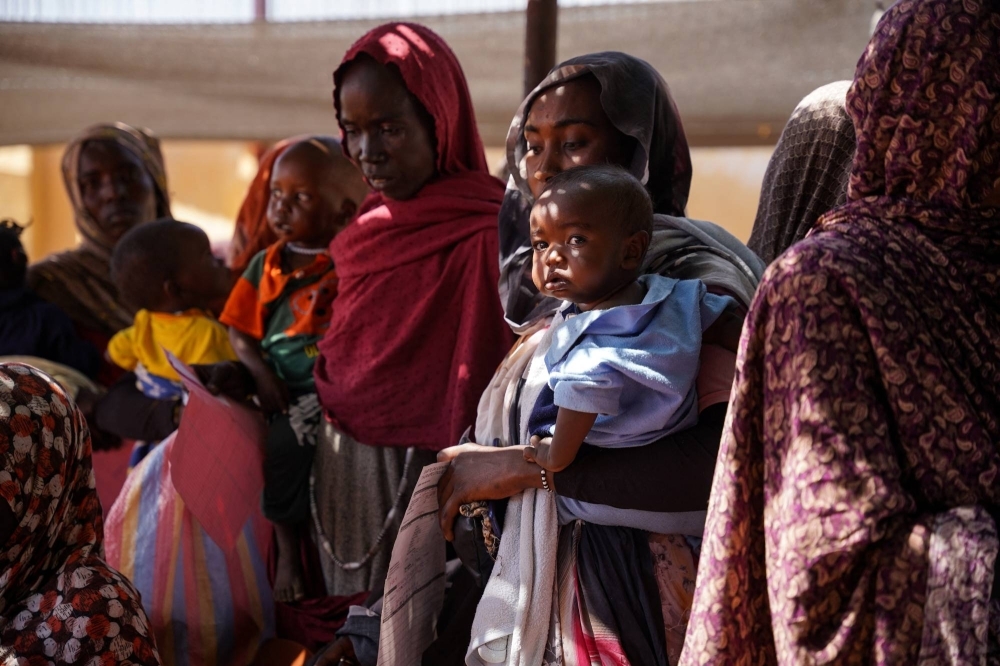A mother who skips meals so there is enough food for her two children. A 60-year-old man who eats one meal a day — a lump of dough made of flour and water. People venturing out from their homes in a desperate search for food at the risk of being hit by artillery shells.
Dozens of accounts like these show how many people are going hungry in parts of Sudan that have been worst hit by the war that erupted last April, including areas in the capital Khartoum and in the western region of Darfur. The number of Sudanese facing emergency levels of hunger — one stage before famine — has more than tripled in a year to almost 5 million, according to the Integrated Food Security Phase Classification, a globally recognized food security index.
In Sudan’s capital, hundreds of thousands of people face a daily struggle to find food as communal kitchens they depend on are threatened by dwindling supplies and a communications blackout across much of the country in recent weeks. In Darfur, some areas haven’t received any aid since the Sudanese military and the Rapid Support Forces (RSF), a paramilitary group, went to war almost a year ago.



